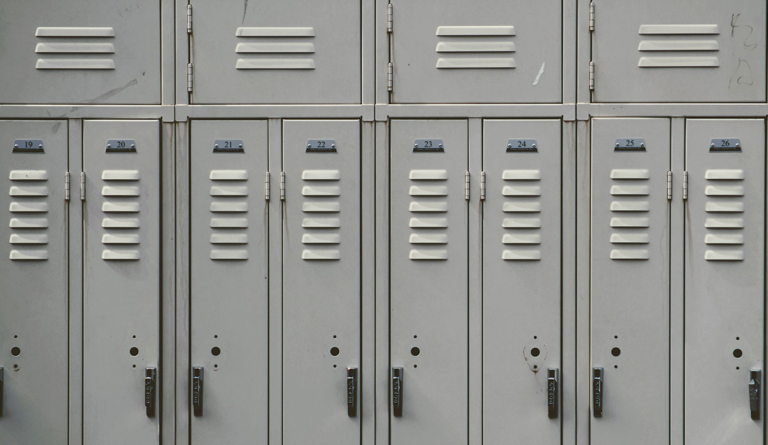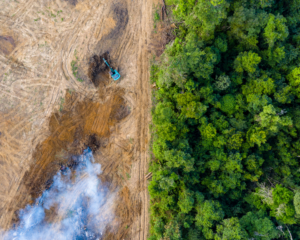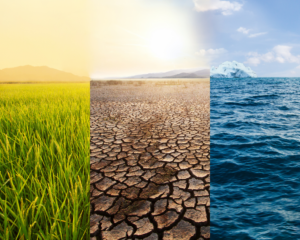Thirsty for Safe Water at School
There is room for improvement across the country in both urban and rural schools to better their water access and testing standards.

Read Time: 3 minutes
Published:
If 20% of students think tap water at their school is unsafe, perhaps we should listen.
Whenever possible, youth should be encouraged to drink water as a healthier alternative to sugar-sweetened beverages. Water helps children and adolescents maintain a healthy weight and perform better in the classroom. And yet, more than half of US children and adolescents are insufficiently hydrated. Nearly a quarter drink no plain water at all.
Given the amount of time young people spend in school, ensuring access to safe water is key. In 2010, the Healthy, Hunger-Free Act began requiring schools in the National School Lunch Program to provide free drinking water. Several Healthy People 2020 goals target improvements in safe drinking water at schools.
In a recent study, researchers questioned whether schools had differing water access and testing standards across the country. They used data from the School Health Policies and Practices Study, a nationally representative survey of more than 500 US public and private schools.
Fewer than half of the schools reported practices like periodic lead inspections (46%) or routine flushing of water pipes (46%). Similarly, only half of public schools tested for bacteria or other contaminants. Only a quarter of schools require their custodial or maintenance staff be trained on water quality.
In all, the data suggest no single type of school or practice is particularly deficient–there is room for improvement across the board.
The researchers found a few common characteristics linked to varying water quality assessments. Urban schools were less likely than rural schools to flush water outlets or test for lead. Schools with the highest proportion of racial or ethnic minority students (66%–100%) were more likely than schools with fewer minority students to require custodial trainings.
In all, the data suggest no single type of school or practice is particularly deficient–there is room for improvement across the board.
Among schools that tested their drinking water, few communicated their findings. Under 40% shared results with faculty and staff, and only one in five notified students and families. The Environmental Protection Agency (EPA) recommends making school water safety results public, though it is not required.
According to EPA estimates, 100,000 schools and 500,000 childcare facilities rely on a public water source. Yet these schools and facilities are not subject to the Safe Drinking Water Act’s regular testing requirements. Although a lack of testing does not necessarily mean the presence of harm, students and employees who use water fountains and bathrooms should not have to fear exposure to harmful contaminants.
Photo by Joshua Hoehne on Unsplash



